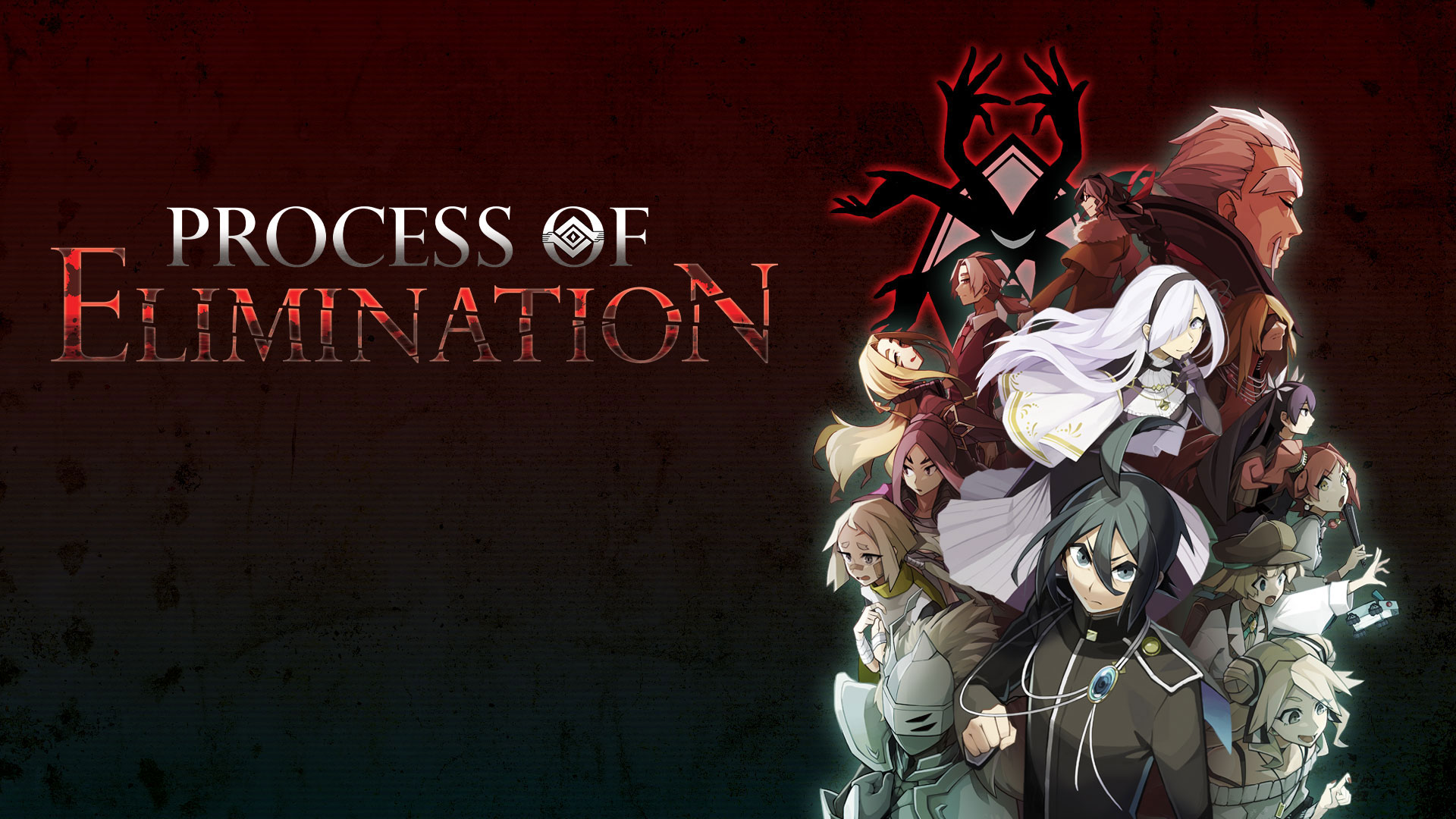For the longest time, I thought I didn’t play games that fit the “visual novel” genre. After playing and enjoying Yurukill: The Calumination Games, I wanted more. Recently, I quite enjoyed The Murder of Sonic the Hedgehog, and there are a few others I’ve considered trying out. So, when the opportunity to play Process of Elimination came to me, I jumped at the chance. Unfortunately, it didn’t grab me as much as I had hoped it would.
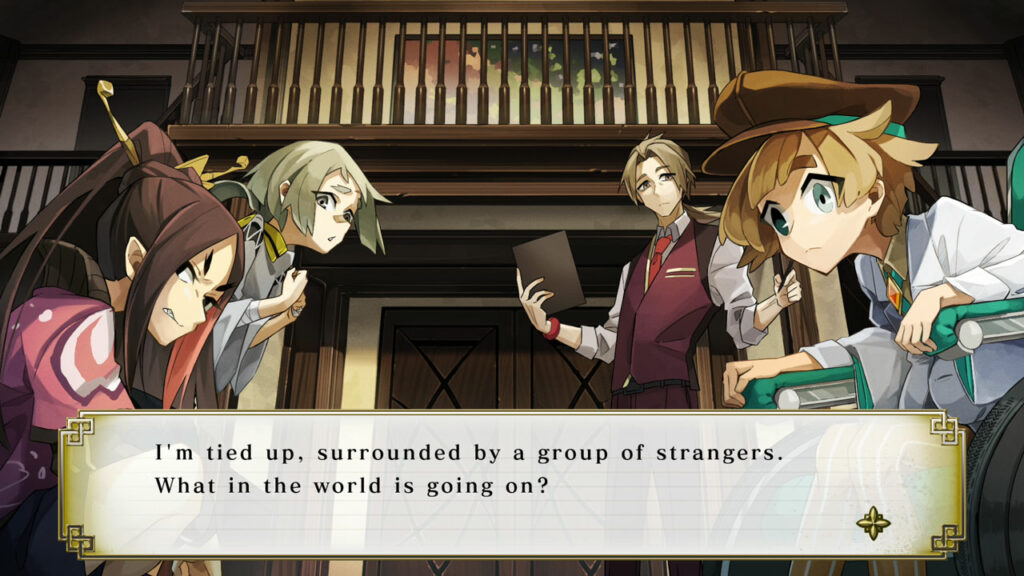
Another whodunit
In Process of Elimination, you take the role of Wato Hojo, a 17-year-old aspiring detective. He’s been “invited” by the Detective Alliance to a mysterious island in order to help uncover the truth behind the famed serial killer, The Quartering Duke. But Wato isn’t alone. He and 13 other members of the DA are also there all with the same goal in mind.
The group of 14 each comes from specific backgrounds and skills that make them good detectives. One member, called Doleful is able to notice traps or generally be aware of stuff that others might not notice. The Bookworm Detective has an excellent knowledge of books, so she’s able to decipher words and phrases others cannot.
As the newest and lowest-rated member, you begin the game as the clear outsider. After some early events lead to the death in the group, you’re immediately labeled as a suspect and must prove your innocence. From there, you will need to earn the trust of the others, figure out a way to safety, and reveal The Quartering Duke’s true identity. It doesn’t help that one of the members of the Detective Alliance is probably the infamous killer.
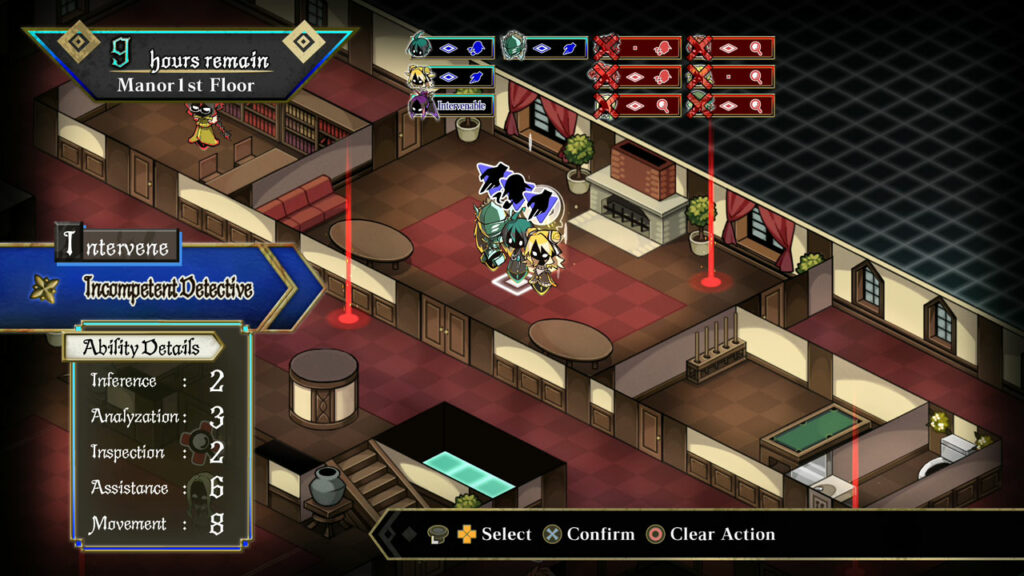
Solving the case by analyzing your surroundings
Gameplay is broken up into two key sections. For the most part, you’re watching the game slowly unfold in its many scenes. There are periods where you can go for over an hour before you’re asked to answer a question or go into the game’s tactical sections. When you do finally get into those parts of the game, the challenge ramps up quite a bit.
These tactical moments put you in an isometric view of a particular location. What you need to do, is direct the members of the DA around the map in order to find clues, analyze them, and unlock/resolve matters before a timer runs out. Each member has different stats that play into what you’ll want them to do. For example, one of the detectives, Armor, is fantastic at moving around and assisting. Meanwhile, the Techie Detective is good at analyzing evidence.
However, not all the members are available for you to issue commands. In the game’s first two scenarios, you’re only able to directly control a select few, with a few more unlocked as you resolve early matters. The ones you can’t control are still working to help solve that particular case, but they’re just doing their own thing. You’re almost always working against a timer, so maximizing each turn is key to progressing the story.
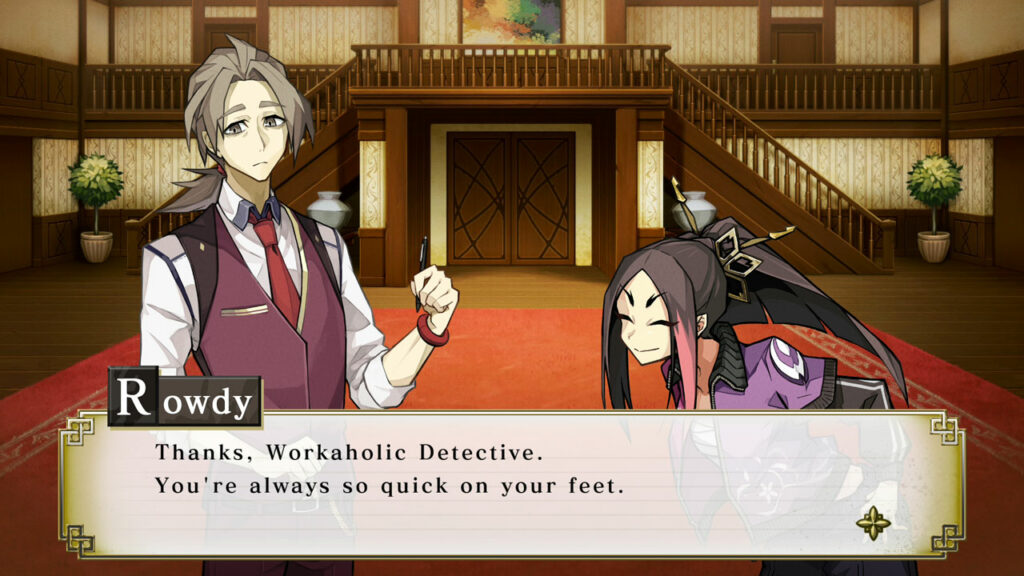
Pacing Problems
The biggest issue I have with Process of Elimination is its pacing. I get that the “novel” aspect of “visual novels” is key, but this one suffers from way too much watching/reading than playing the game’s strategy/tactical sections. In the other visual novels I’ve played, there is a good mix of story and action. It might not always be 50/50 but usually, it feels more like a 65/35 split. But here, it’s clearly 80/20.
Another problem with the pacing is that there are far too many characters. While there are clear distinctions between the 14 members, they don’t all get the kind of development I was expecting. In those tactical sections, you can find random items that allow Wato to learn more about the other members. Unfortunately, you can miss them if you aren’t putting the effort into looking for them. I only managed to trigger a few, so I definitely missed out on some key character developments.
I also had a hard time grasping the time frame the game takes place. You’re spending more than a week in-game on this island, but it never feels like there is any sense of urgency. They’re taking breaks, chit-chatting, etc. Heck, they lose access to regular food, water, and other necessities, but it comes off as not a major point of concern.
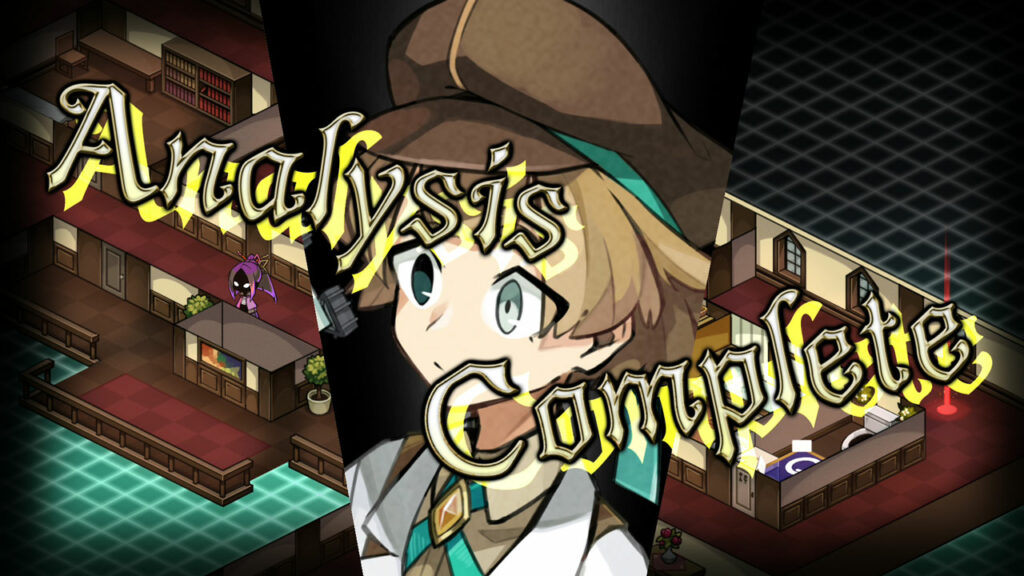
Definitely not for everyone
After looking forward to playing Process of Elimination, I was left disappointed. The tactical elements are the game’s best part, but I wish there were more of them. The story is fine, though, it could have used some editing to help with its pacing. While hardcore “visual novel” fans won’t mind the lack of gameplay, it’s hard to recommend to anyone else.
Note: The game’s publisher, NIS America, supplied me with a code for the game.

